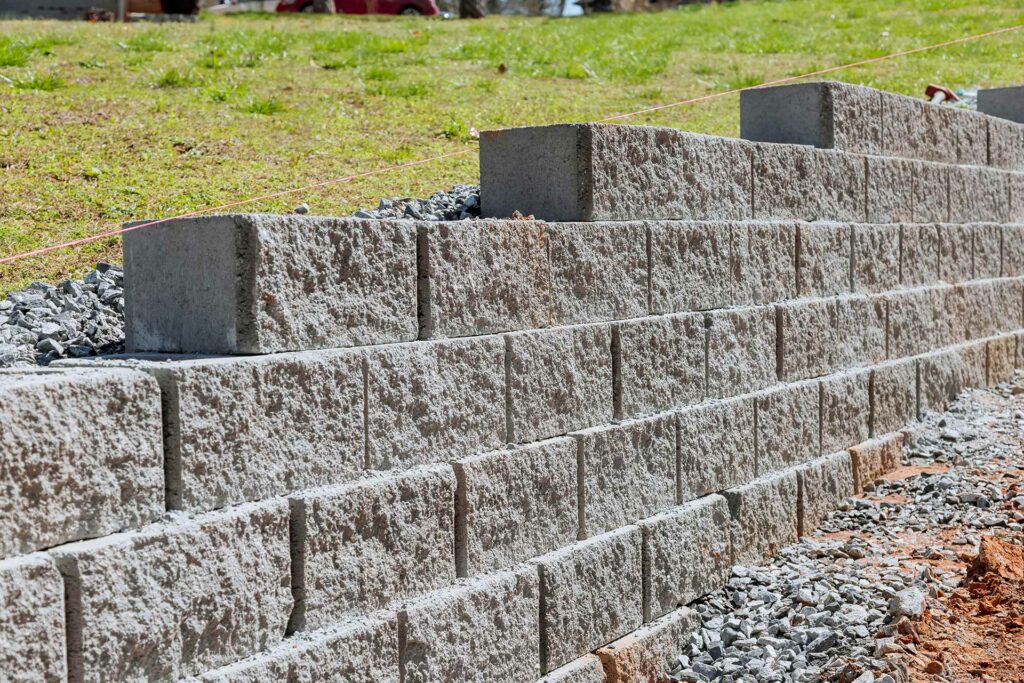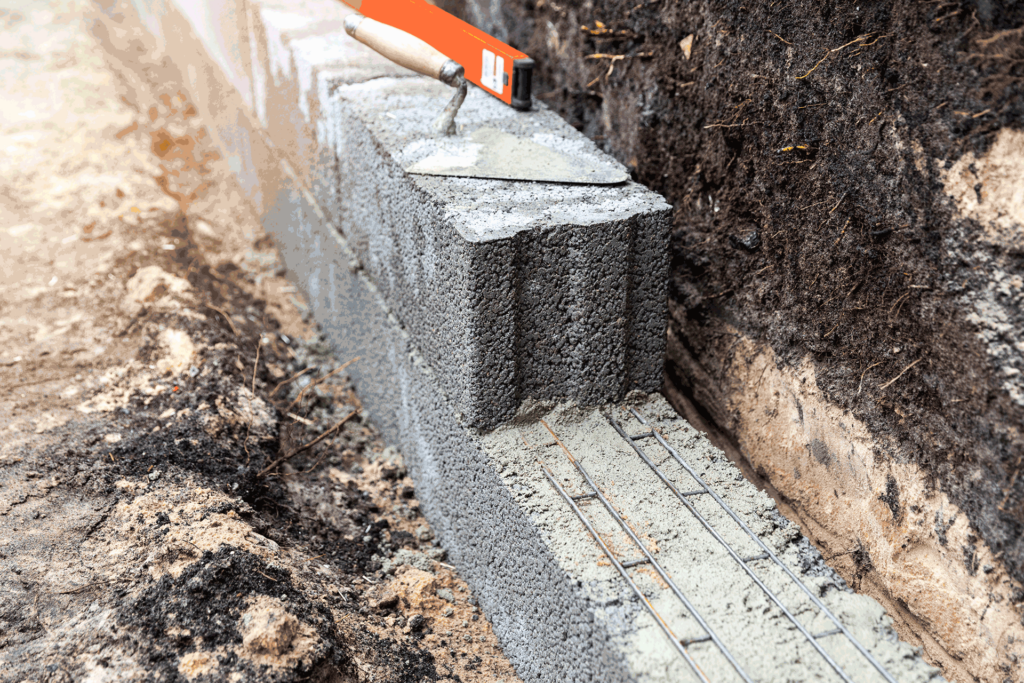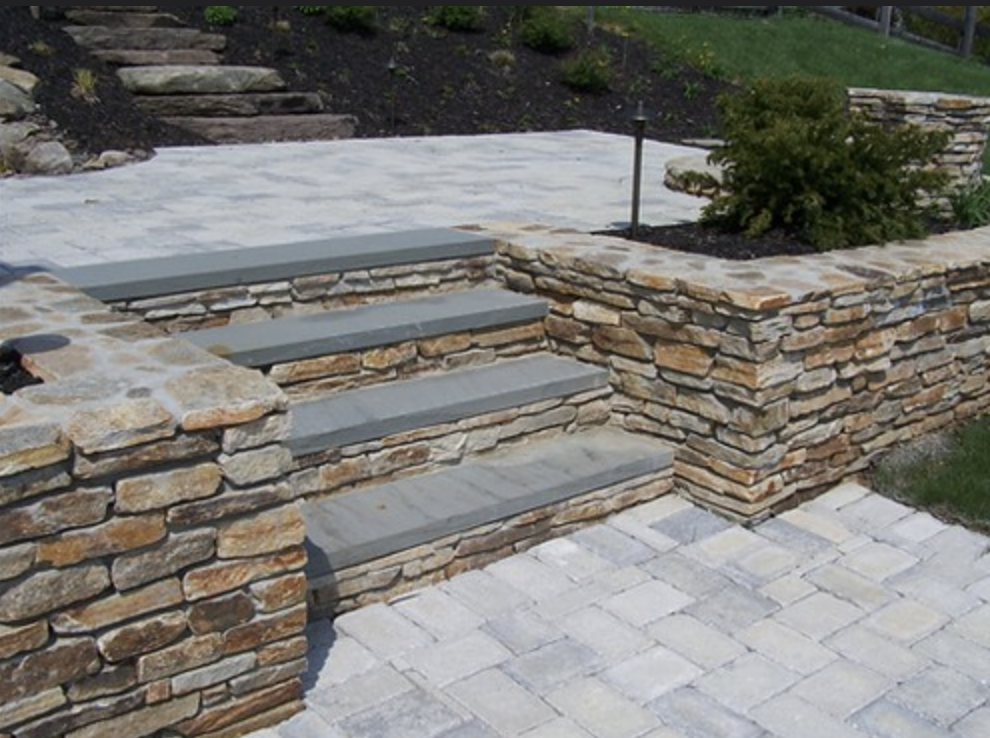RETAINING WALLS
Retaining walls can support laterial weight while also adding an aesthetic touch to your property
MASONRY RETAINING WALL INSTALLATION COLORADO SPRINGS
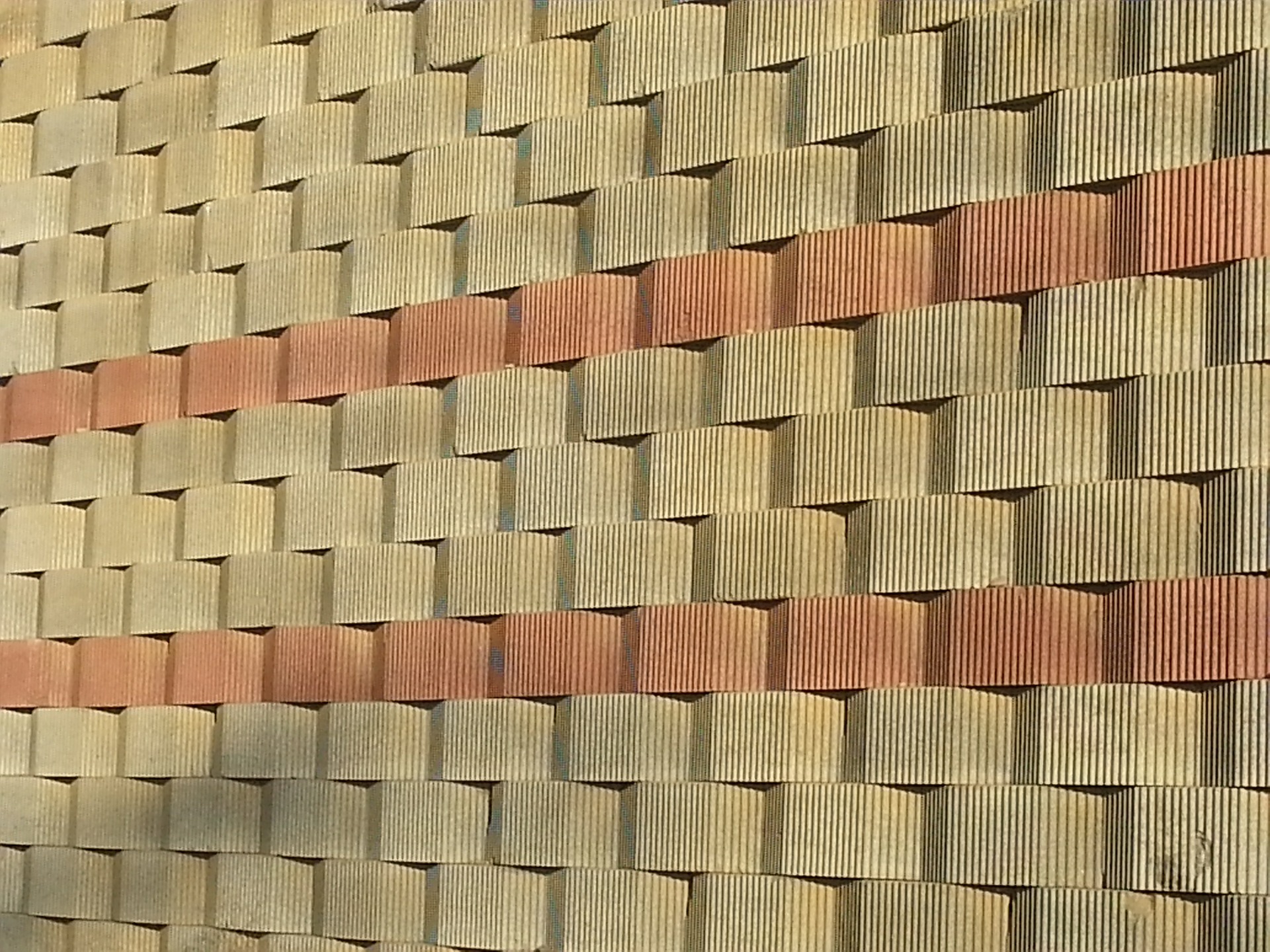 Masonry retaining walls and similar structural components are designed to withstand lateral pressure points in the ground. The designer and client can also benefit from the masonry or stone work’s visual appearance. If concrete masonry is used in conjunction with stone masonry than the tensile strength and adaptability are greatly increased.
Masonry retaining walls and similar structural components are designed to withstand lateral pressure points in the ground. The designer and client can also benefit from the masonry or stone work’s visual appearance. If concrete masonry is used in conjunction with stone masonry than the tensile strength and adaptability are greatly increased.
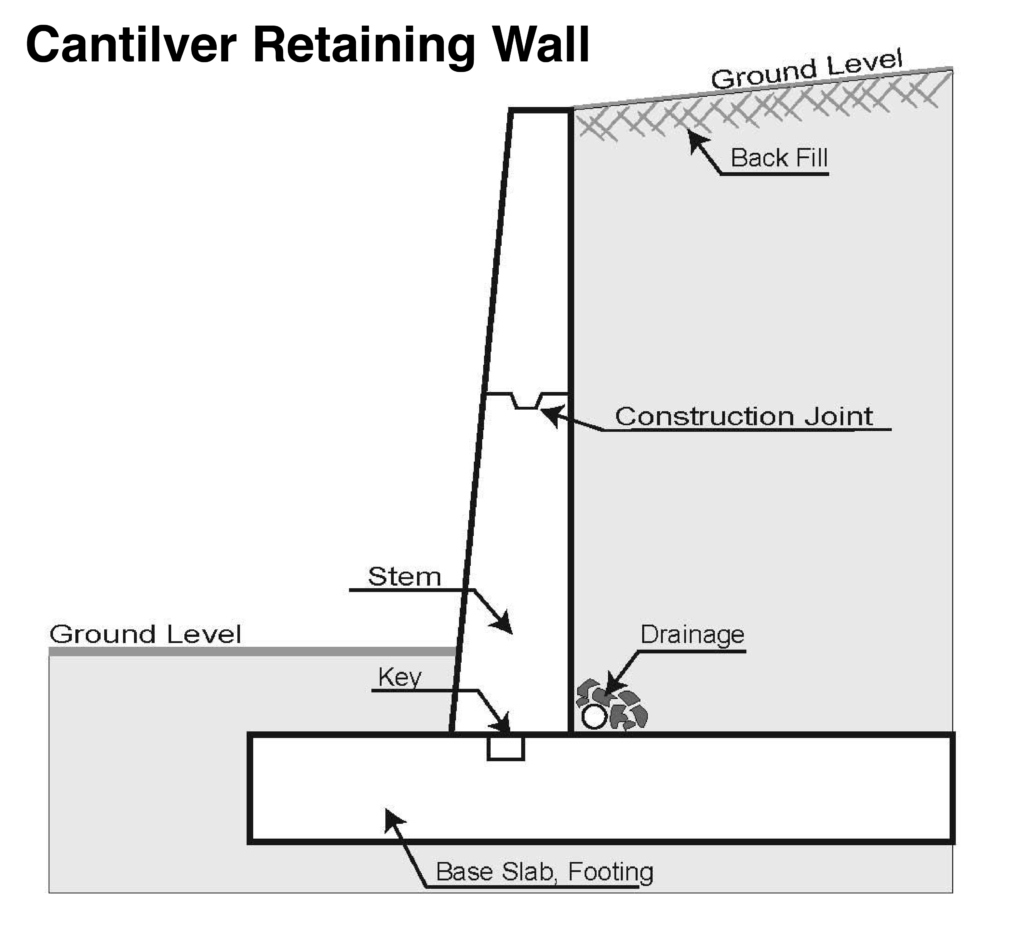
Cantilever Retaining Walls
These types of retaining walls are typically reinforced with concrete and work on the idea of leverage. The stem of the wall is thinner and relies on the weight of the backfill soil to allow resistance to overturning or sliding.
This type of retaining wall is the most common application used for retaining large amounts of earth. They are made of reinforced Portland-cement (PCC) and most commonly used from the 1920s-1970s. The primary function of a Cantilever is to retain soil on a slope that is greater than it would assume in a natural environment. This would usually occur on a vertical or near vertical situation.
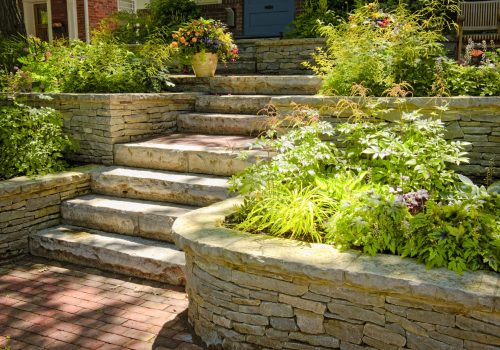
If retaining walls are built properly and with the right materials, they should last forever. Properly installed retaining walls should: stop soil erosion, add aesthetic value, allow a space for congregation, and prevent flooding. These are just a few of the many benefits that retaining walls can offer your landscape, especially in hilly areas. A wall structure once built properly will last anywhere from 50 to 100 years. Soil and outside factors can yield different results and every retaining wall is unique to the environment it was built on.
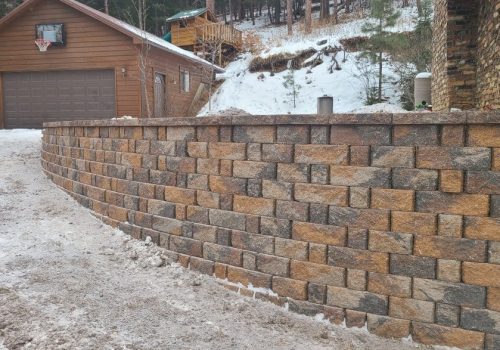
It is no secret that a well engineered and well crafted retaining wall can be costly. There is no cutting corners the it comes to this type of engineering, otherwise you can end up with costly mistakes or injuries. It is important that you as the customer are aware of the many details that encompass this type of structure before you make the investment.
Retaining walls can be built out of different materials including: boulders, gabions, segmented concrete block, split-faced block, natural stone, and sometimes a type of foam known as Geofoam.
If you want to go with a more natural look, natural rock walls and boulders can be more expensive but fit your design needs. This option is also more viable if the home or business is conducive to the natural stone look.
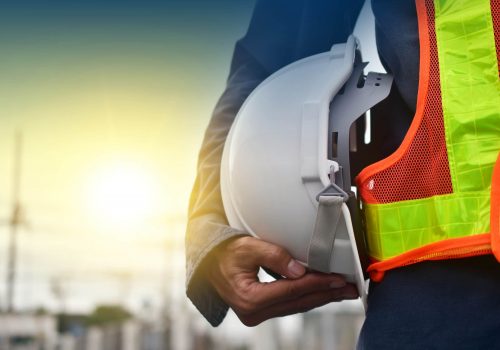
Retaining wall design should be implemented for the functional purpose of holding back earth safely. If a retaining wall does not do its job properly, it is not only useless but very dangerous as well. States implement codes and restrictions regarding the installations of retaining walls. In certain states, an engineer must design the wall if the height exceeds a certain amount. In some cases this height is 4 feet or more. People want to know that the retaining wall that they are installing will hold back the soil from the hillside so that their home does not get buried in the event of a mudslide.
Drainage is a principle attribute that must be considered when building a retaining wall. 9/10 the reason that a retaining wall fails is due to the fact that water has created Hydrostatic pressure – a glamorous way of saying “an escalation of water” – that has penetrated a retaining wall and a collapse ensues.
SPRINGS MASONRY
(719)-417-8814
